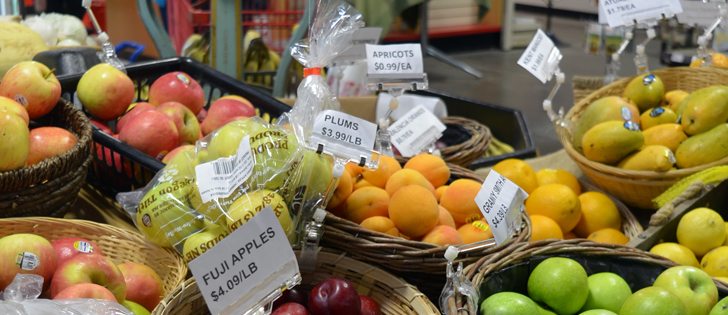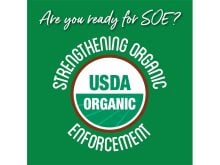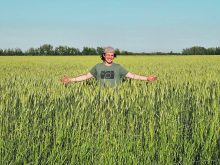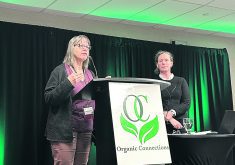An initiative to attract new organic farmers in Western Canada may be paring back its efforts because the program has already recruited a sizable number of growers.
“We … don’t have to beat the bushes for organic producers anymore. They (farmers) seem to be finding the organic sector on their own,” said Laura Telford, an organic development specialist with Manitoba Agriculture.
The organic associations in Manitoba, Saskatchewan and Alberta launched the Prairie Organic Grain Initiative in May 2015 with a $1.2 million contribution from the federal government and $1 million in funding from the organic sector.
Read Also
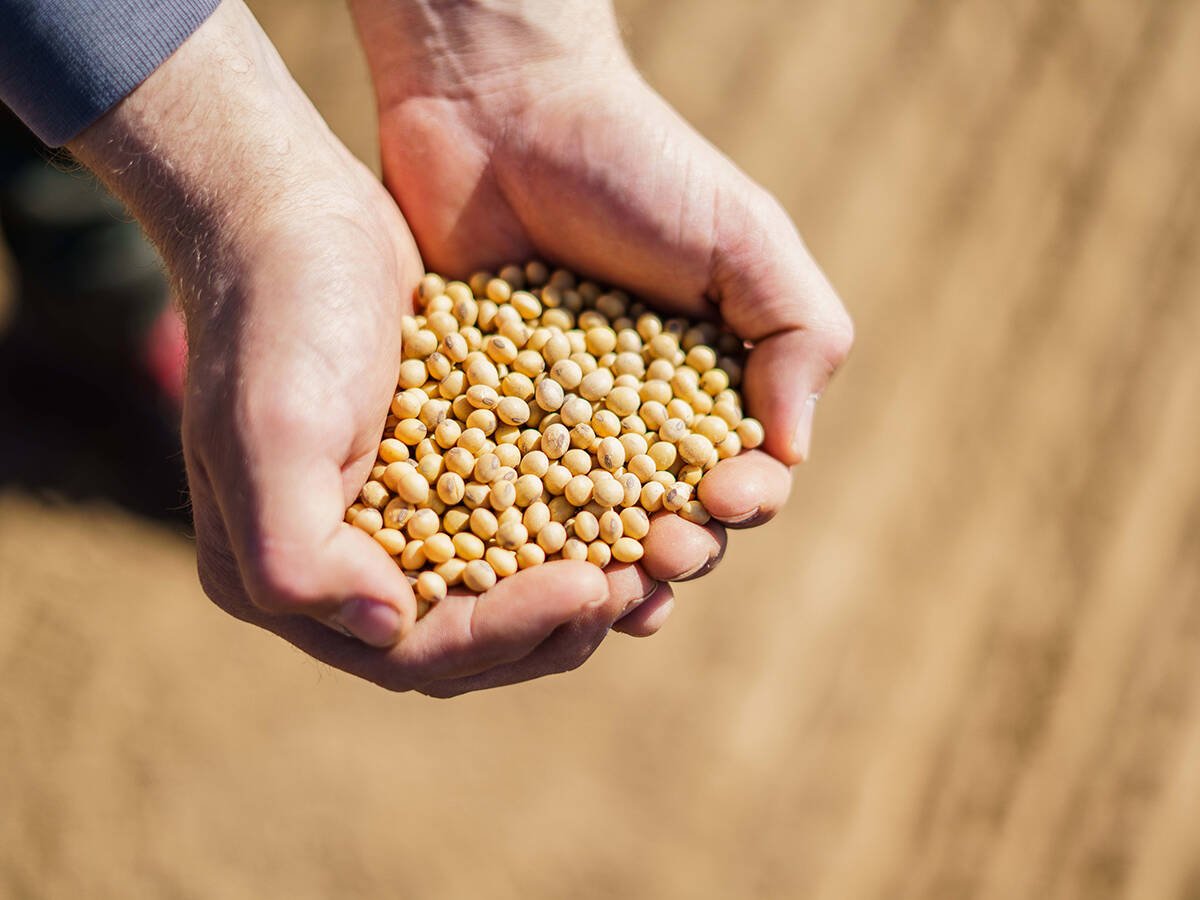
U.S. government investigates high input costs
The USDA and DOJ are investigating high input costs, but nothing is happening in Canada.
The partners created POGI to address the shortage of organic grain in Western Canada by enticing conventional growers into organics and building “resiliency and stability in the sector,” according to a news release.
A spokesperson for POGI said its steering committee met recently and is reconsidering its recruitment efforts. POGI had been actively promoting organics to conventional farmers on the Prairies, arguing that conventional producers could make more money in organics.
The spokesperson said the initiative doesn’t want an excess of new entrants because there’s a risk of flooding the market with organic grain.
POGI and the organic industry will continue to welcome new growers, but the sector needs to focus on other priorities, Telford said.
“It doesn’t mean the program is not going to support new entrants…. It just means they’re not going to spend more and more dollars … trying to convince every one to come into organic.”
POGI was created to increase the supply of organic grain and oilseeds on the Prairies.
Attracting new growers and acres is one way to achieve that objective, and it appears more producers are entering organic after years of slow growth or declining numbers.
“I’ve done more inspections for new, transitioning growers in 2015 than I (have) in many years beforehand,” Stuart McMillan, an organic inspector in Manitoba, said earlier this year.
“It is existing, conventional farmers (moving to organic).”
That’s a positive story, but the sector also needs to scale up existing operations and assist with agronomics to improve yields, Telford said.
“I think the last strategy (yield) is something that’s a win-win for organic,” she said.
“As existing organic producers increase their yields, organic is going to look better to new entrants … and it will (improve) the bottom line of existing producers.”
Byron Hamm, certification manager with Pro-Cert, one of the largest organic certifying bodies in North America, isn’t convinced the industry can relax when it comes to new producers.
Many older farmers are leaving or will soon leave organics, and the sector needs to replace those veterans.
Moreover, he hasn’t witnessed a sharp jump in the number of conventional producers switching to organics.
“When we look at our net new producers … my numbers haven’t changed for the last three or four years. I’ve seen steady growth … but I haven’t seen a big spike,” he said from his Saskatoon office.
“Personally, I wouldn’t sit back and comfortably say we’ve got enough.”
However, the organic industry needs to find a balance between production growth and market demand, Telford said.
“Because it’s such a small and relatively new industry, that it’s a very big risk that you can create oversupply.”
Organic grains and oilseeds might be on track for more supply from Western Canada, but the sector also needs a buffer for weather risk, Hamm added.
In other words, will there be a sufficient supply of organic grain in years that are too wet or dry?
“We (may) have the acres, but (will) we have the volume?”
Continuing to recruit more growers could cut into prices for organic grains and oilseeds, but there will still be opportunities to make money, Hamm said.
“We (Pro-Cert) are going to continue our marketing on this. We’re going to continue to look to bring in new growers,” he said.
“We expect to see some (retirees) so we want to replace those guys.”


